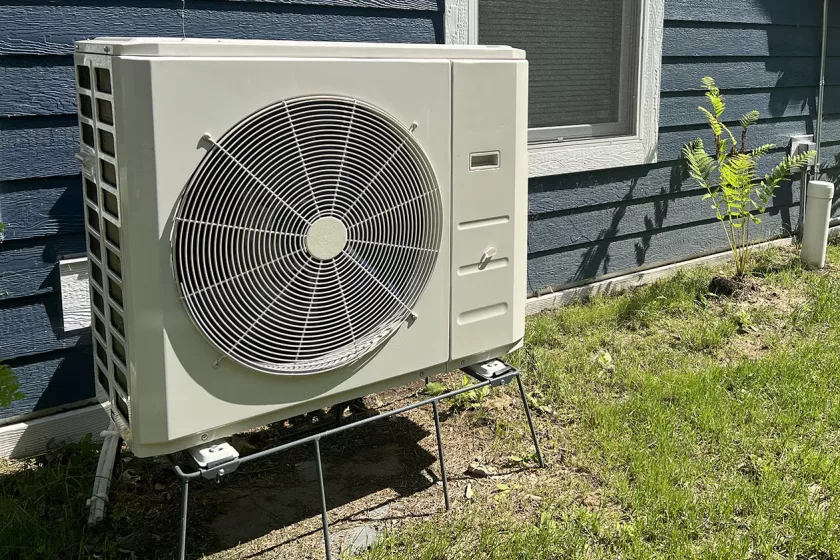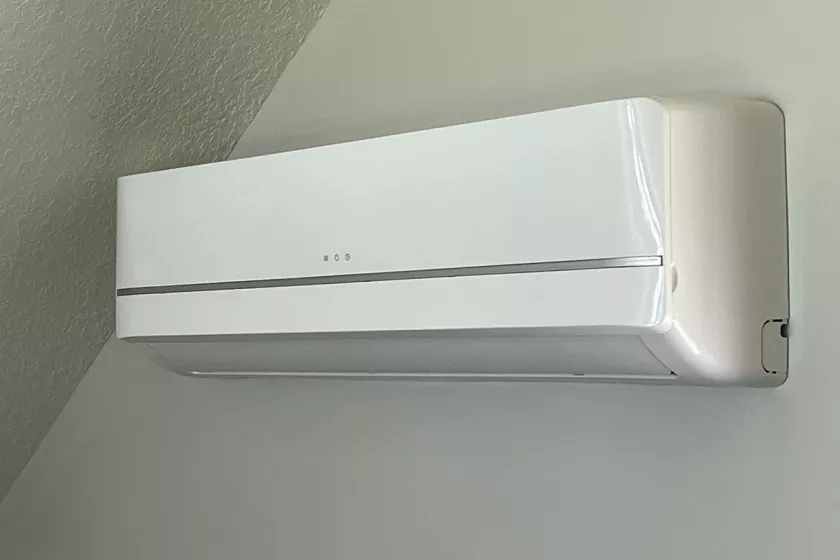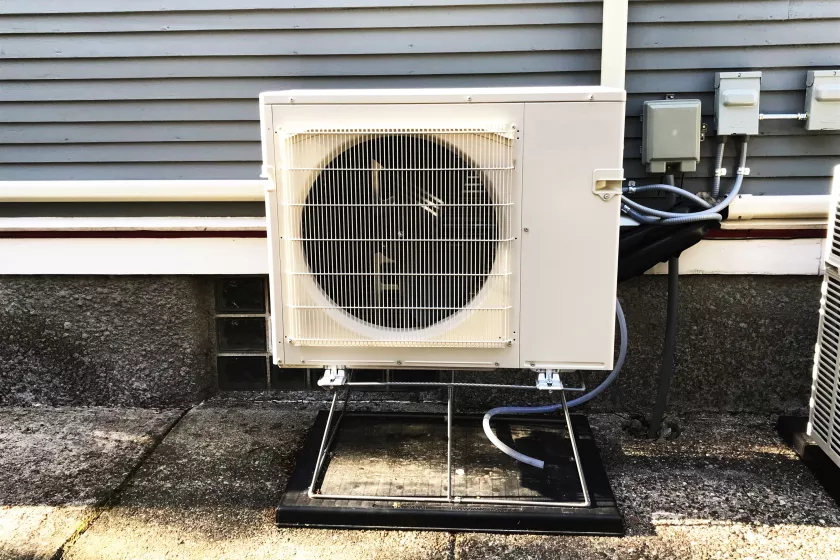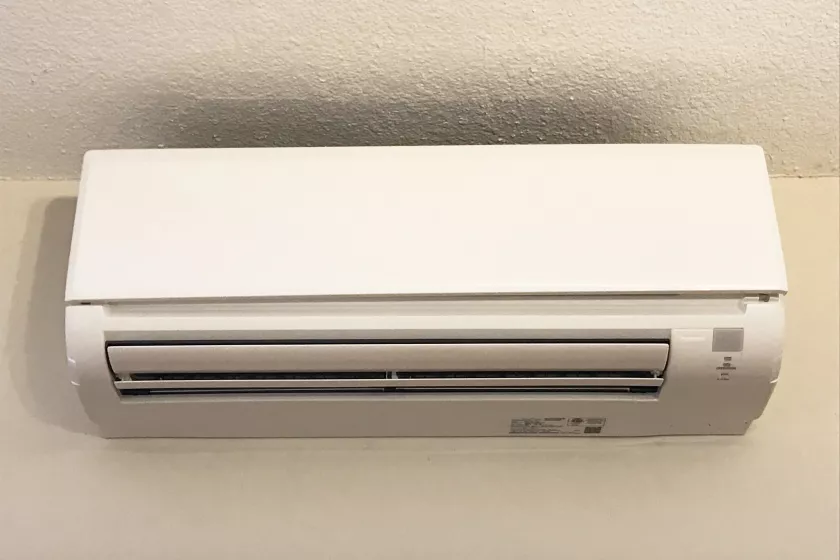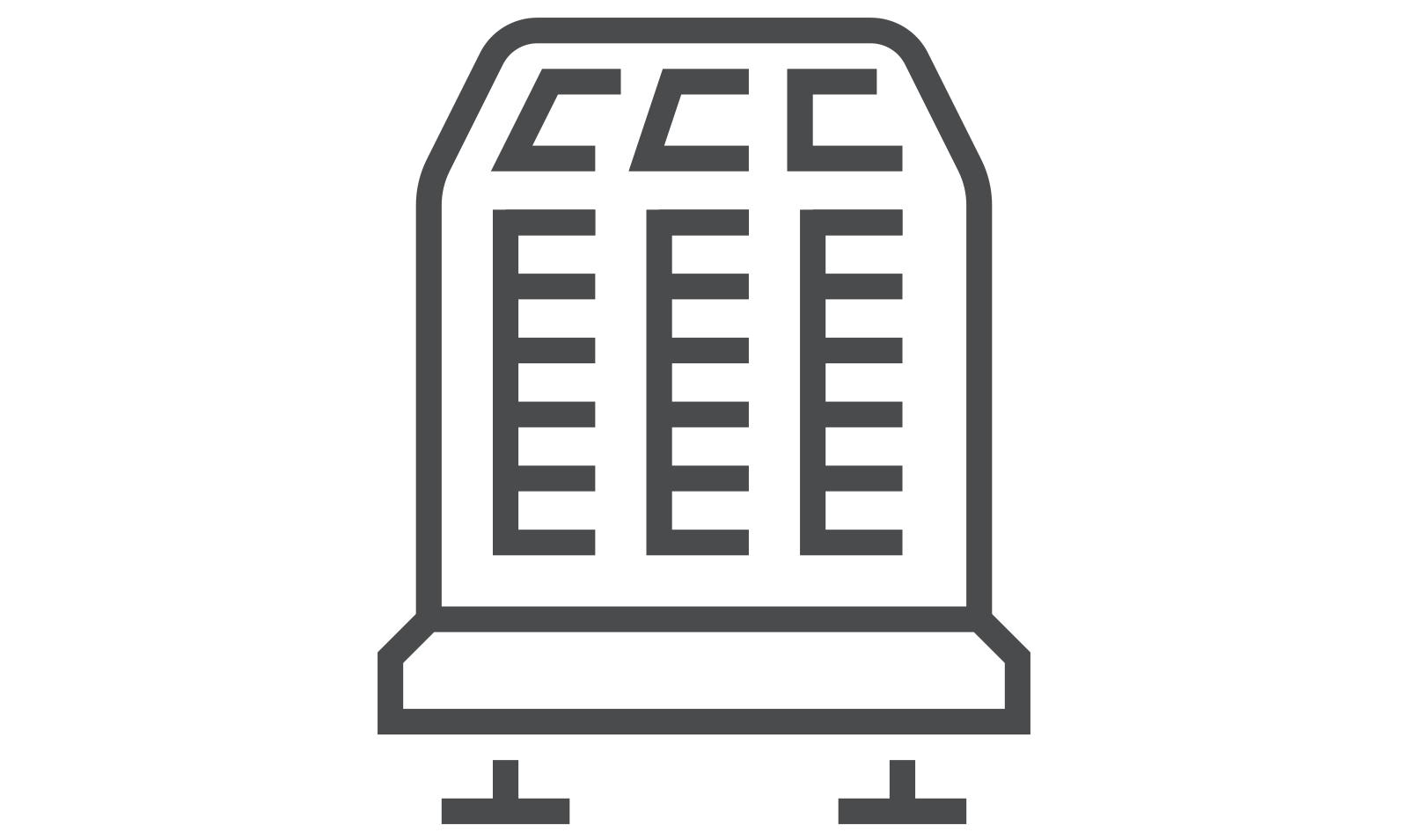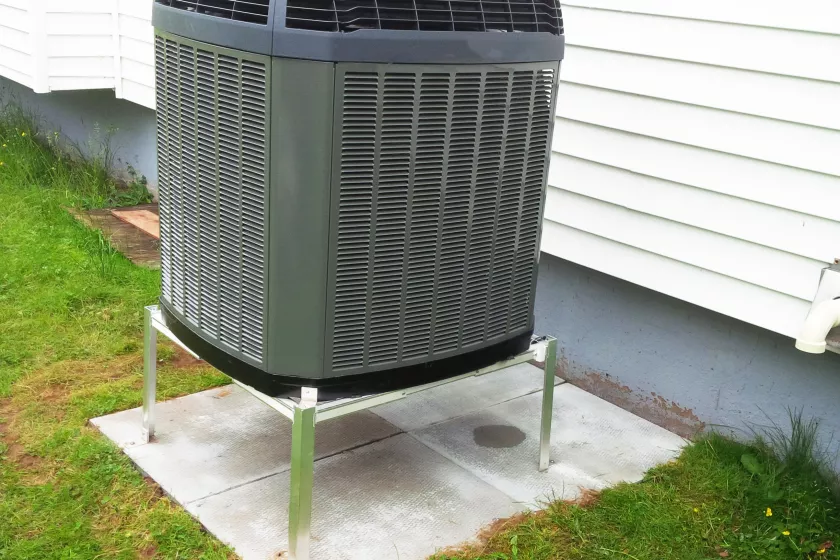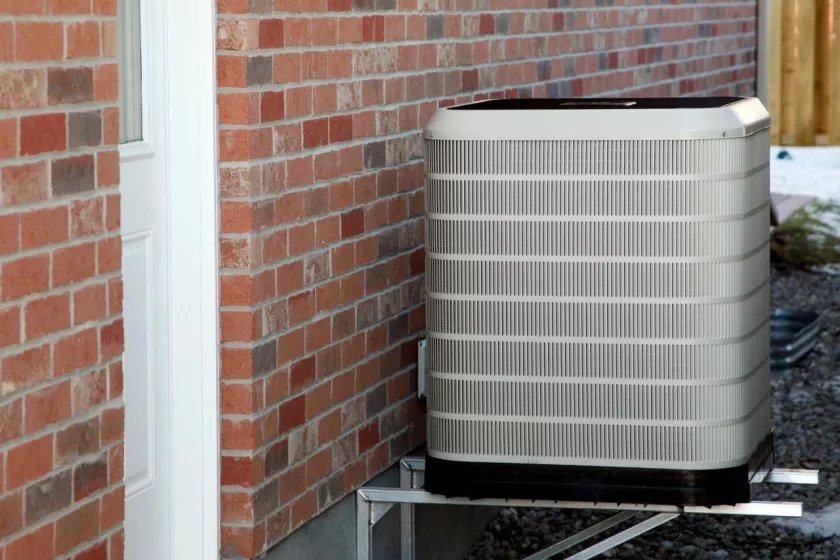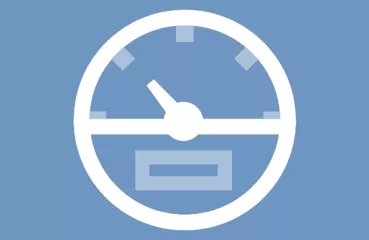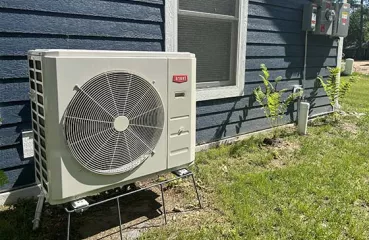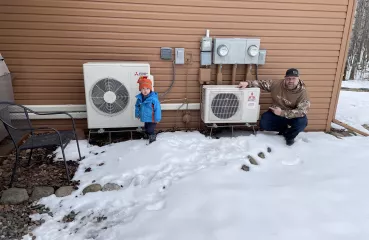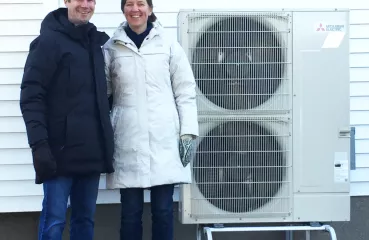Tax Credits
If you have a tax appetite, you can take advantage of a tax credit of up to 30% of the cost for purchase (between Jan. 1, 2023 and Dec. 31, 2032) and installation of a heat pump, up to $2000. Learn more about these clean energy incentives on our Guide to the Inflation Reduction Act.
In addition, the Home Energy Rebates available from the Inflation Reduction Act include point-of-sale rebates for households earning up to 150% of area median income that will apply to heat pumps, heat pump water heaters, and heat pump clothes dryers. The rebate has a $14,000 cap.
The Minnesota Residential Heat Pump Rebate Program will provide a rebate of up to $4,000 for the purchase and installation of a heat pump for space heating and cooling in a home.
Utility Rebates
Find out what your utility offers with the Air Source Heat Pump Collaborative's list of utilities and the rebates they offer for heat pumps.
More resources
The Air Source Heat Pump Collaborative also offers more incentives and financing options to consider.


